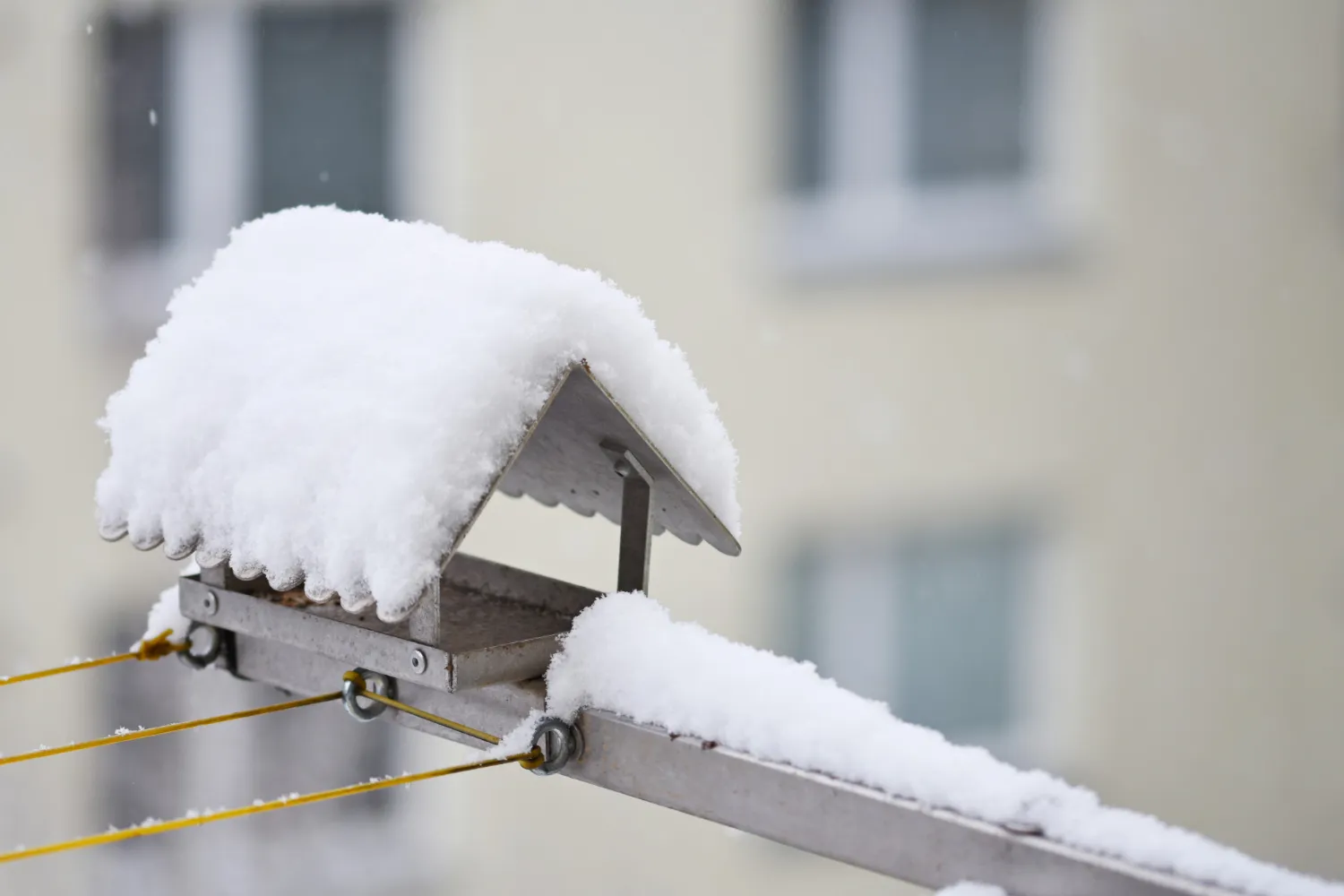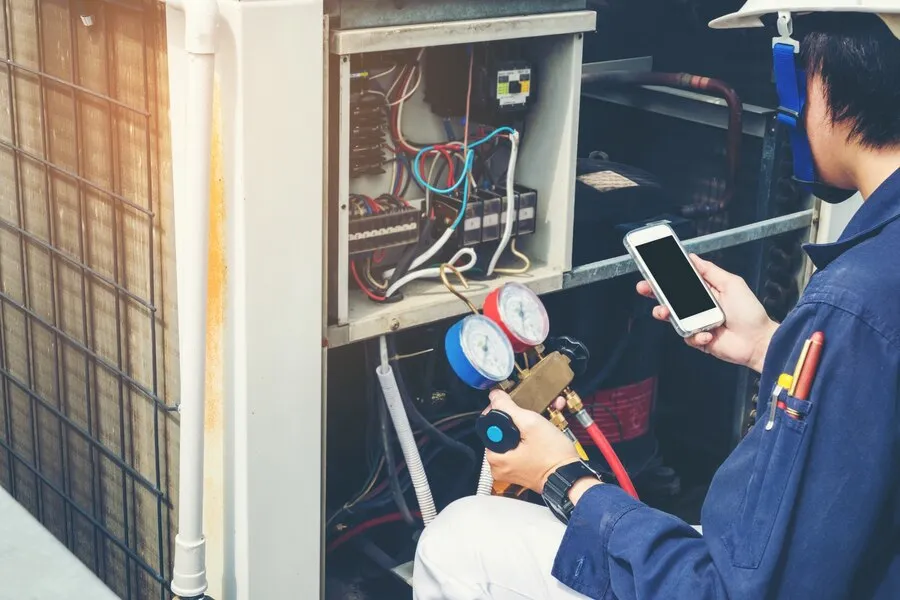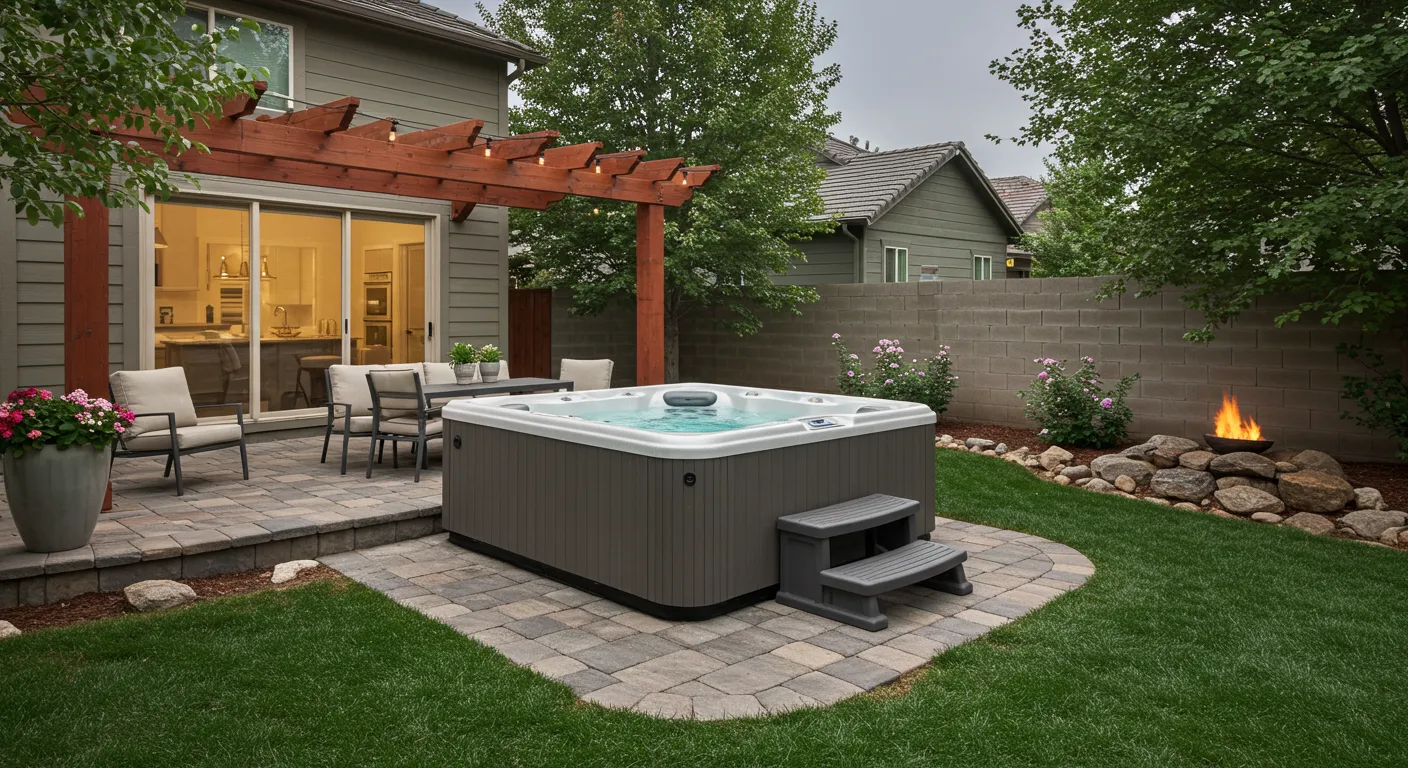Table of Contents
Key Takeaways
- Learn to identify signs that your roof is struggling under the weight of heavy snow.
- Recognize the significance of prompt action and routine roof maintenance.
- Discover practical tips for protecting your roof in snowy conditions.
- Explore solutions to prevent potential roof damage during winter.
Introduction
Although winter brings a stunning layer of snow, homeowners face difficulties. One of the most critical worries is ensuring your roof can withstand the additional weight and strain of deep snow. Ignoring roof distress signals can result in expensive repairs and severe damage. This article will provide protective tips and help you identify the warning signs that heavy snowfall is causing damage to your roof.
Sagging or Uneven Roof Line
If you notice that your roofline appears sagging or uneven, it could be a sign that your roof is under stress from the weight of the snow. This issue can lead to structural damage and, in extreme cases, roof collapse. Deploying a building health monitoring system can help detect these changes early on, allowing you to take preventative action before the situation worsens.
Water Leaks and Stains
Water leaks and stains inside your home indicate that melting snow seeps through your roof. These leaks can damage your ceilings, walls, and insulation, leading to mold growth and compromised indoor air quality. Inspect your attic and the upper floors of your home regularly for any signs of water infiltration during the winter months.
Ice Dams
Ice dams form when melted snow refreezes at the edges of your roof, preventing water from draining correctly. This trapped water can back up under the shingles and cause leaks. Look for icicles from your eaves and check for any ice buildup along the roof’s edge. Addressing ice dams promptly can prevent water damage and maintain the integrity of your roof.
Cracked or Missing Shingles
Cracked or missing shingles create pathways for water to penetrate your roof. Heavy snow can exacerbate this issue by adding weight and moisture, making your roof more susceptible to leaks. Inspect your roof after each snowfall to check for any visible damage to the shingles. Repairing or replacing damaged shingles promptly can extend the life of your roof and prevent costly repairs.
Excessive Snow Accumulation
While a snow-covered roof can be picturesque, excessive snow accumulation can be detrimental. The added weight strains your roof’s structure, increasing the risk of collapse. As a general rule, if the snow accumulation on your roof exceeds two feet, removing some of the snow is advisable to reduce the load. Employing professional snow removal services can help you safely address this issue.
Interior Cracks and Sagging Ceilings
Signs of stress on your roof may also manifest inside your home. Cracks in the walls or ceiling and sagging ceilings suggest that your roof is under significant pressure. These problems must be resolved immediately to prevent additional structural damage. It’s essential to consult a roofing professional to assess the situation and recommend appropriate measures.
Also Read: Expert Tips for Choosing the Right Roof Repair Services
Final Thoughts
Winter can be demanding on your roof, but you can prevent severe damage with vigilant observation and timely intervention. Maintaining your home’s safety and structural integrity during heavy snowfall requires you to recognize the warning signs that your roof needs maintenance. Regular maintenance, coupled with advanced monitoring systems, can provide peace of mind and extend the lifespan of your roof. Take action at the first sign of trouble, and you’ll be better equipped to enjoy the winter season without worrying about your roof.




